Archives
- 2025-10
- 2023-07
- 2023-06
- 2023-05
- 2023-04
- 2023-03
- 2023-02
- 2023-01
- 2022-12
- 2022-11
- 2022-10
- 2022-09
- 2022-08
- 2022-07
- 2022-06
- 2022-05
- 2022-04
- 2022-03
- 2022-02
- 2022-01
- 2021-12
- 2021-11
- 2021-10
- 2021-09
- 2021-08
- 2021-07
- 2021-06
- 2021-05
- 2021-04
- 2021-03
- 2021-02
- 2021-01
- 2020-12
- 2020-11
- 2020-10
- 2020-09
- 2020-08
- 2020-07
- 2020-06
- 2020-05
- 2020-04
- 2020-03
- 2020-02
- 2020-01
- 2019-12
- 2019-11
- 2019-10
- 2019-09
- 2019-08
- 2019-07
- 2019-06
- 2019-05
- 2019-04
- 2018-07
-
br Material and methods br Results br Discussion Functional
2022-08-13
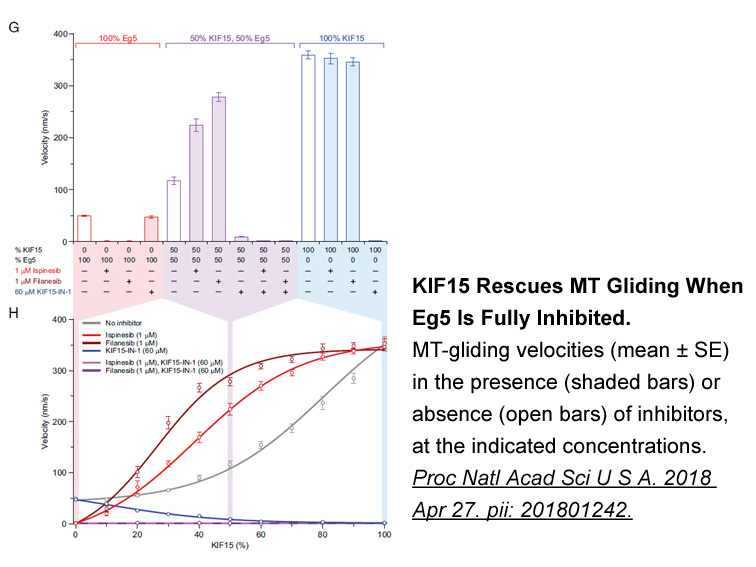
Material and methods Results Discussion Functional characterization of naturally occurring GCK mutations in patients with impaired glucose homeostasis has widened our knowledge of the catalytic and regulatory mechanisms of this enzyme [3]. In this work, we have biochemically characterized a
-
Fpr which belongs the family of the formyl peptide
2022-08-13
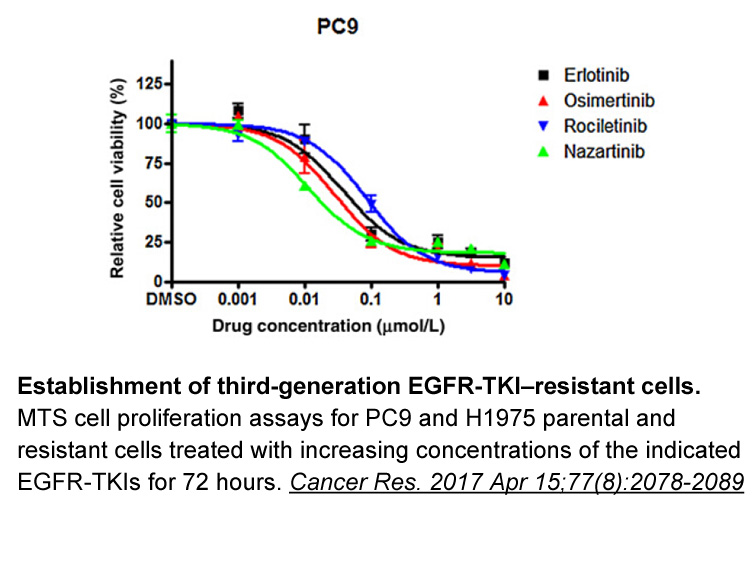
Fpr1, which belongs the family of the formyl peptide receptors with FPRL1 and FPRL2, is the principal receptor for formylated peptides which prototype is the tri-peptide fMLF. Fpr1 is highly expressed on neutrophils and macrophages [6,30], promotes their migration into the mucosa and lumen in respon
-
Remarkably most of these molecules are
2022-08-13
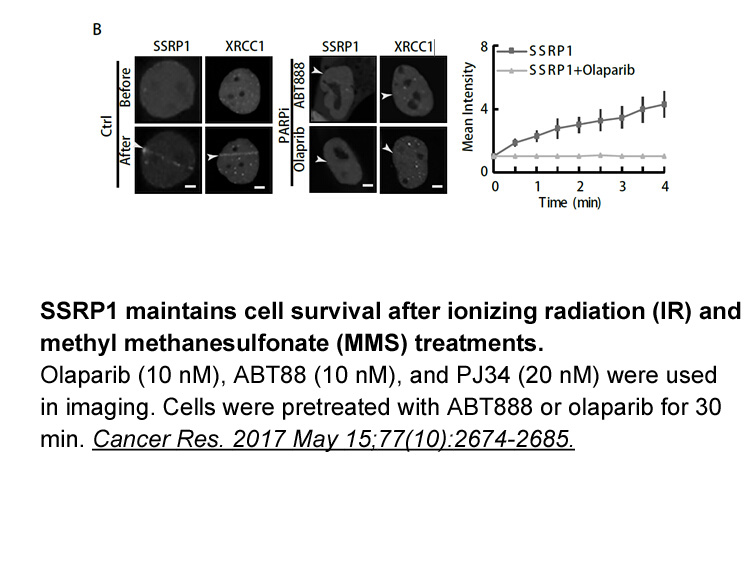
Remarkably, most of these molecules are also quite effective in interfering with the proliferation of the drug-resistant cancer cell lines, with IC50 values ranging from 0.59 to 2.93 μM against MCF-7/ADR cells, and from 0.160 to 1.17 μM against NSCLC-resistant H1975 cells. Among these molecules, com
-
740 Y-P synthesis Based on the inhibitory potency
2022-08-13
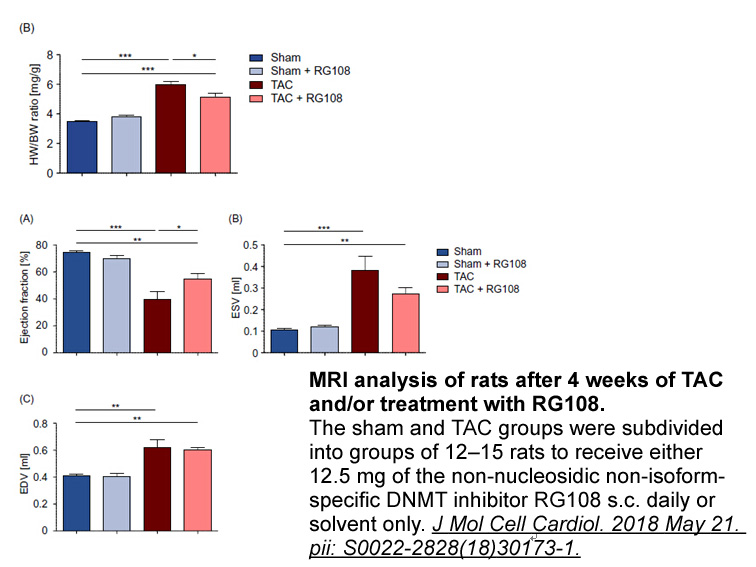
Based on the inhibitory potency of C646 for HDAC6, we monitored α-tubulin acetylation; an HDAC6 substrate. C646 treatment provided pronounced inhibition of α-tubulin acetylation after both 6 and 20h of incubation, which argues against HDAC6 inhibition by C646 in RAW264.7 cells. The observed effect o
-
Newly identified evidence has put
2022-08-13
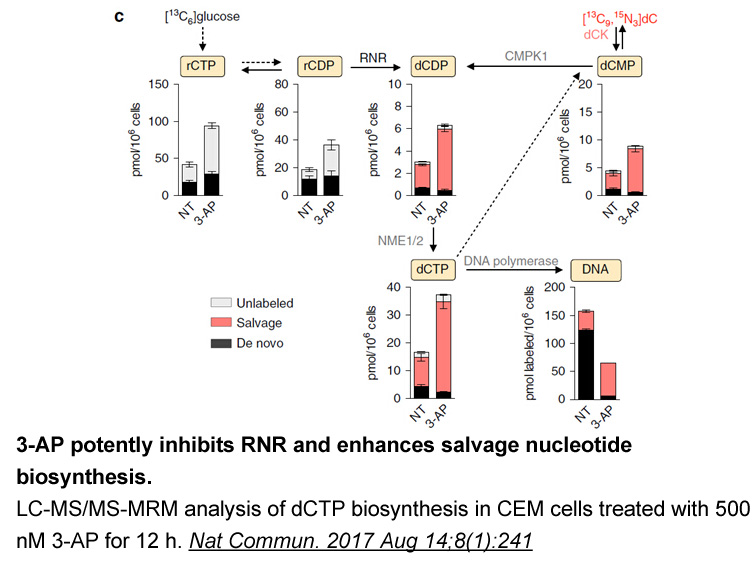
Newly identified evidence has put immune checkpoint inhibitors into the spotlight. However, even though they have been reported to achieve optimistic outcomes [67], there is still a provocative question about their limitations [68]. The solid evidence above has provided us with translational values
-
br Introduction The airway epithelium is the first barrier
2022-08-13
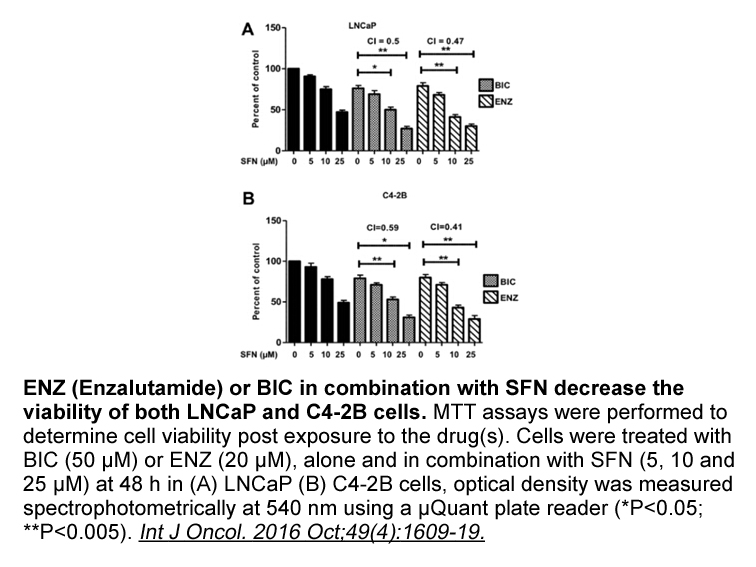
Introduction The airway epithelium is the first barrier against inhaled insults and the final barrier against internal forces (hydrostatic, inflammatory, and ischemic) that disrupt water and solute movement across the epithelium. This barrier is formed by adhesion of airway and alveolar epithelia
-
Analysis of the thermosensory responses conferred by
2022-08-12
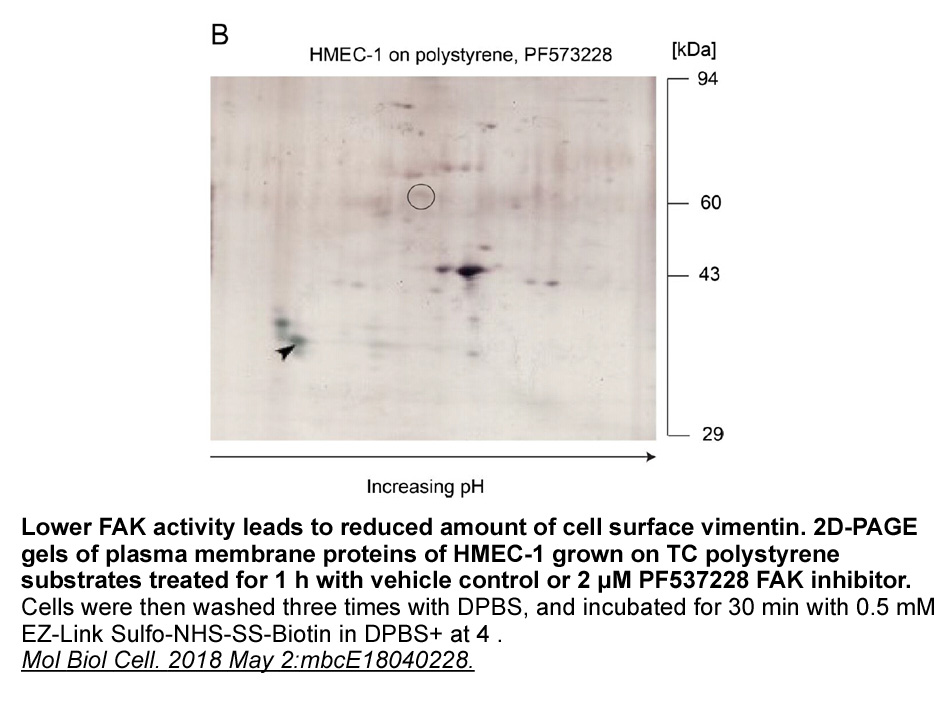
Analysis of the thermosensory responses conferred by chimeric proteins suggests that both the ECD and ICD of AFD-rGCs contribute to their thermoresponsive properties. The presence of the GCY-18 or GCY-23 ICD and TMD in chimeric protein combinations generally corresponds to a higher or lower , respec
-
Human GPR hGPR was originally isolated in as an orphan
2022-08-12
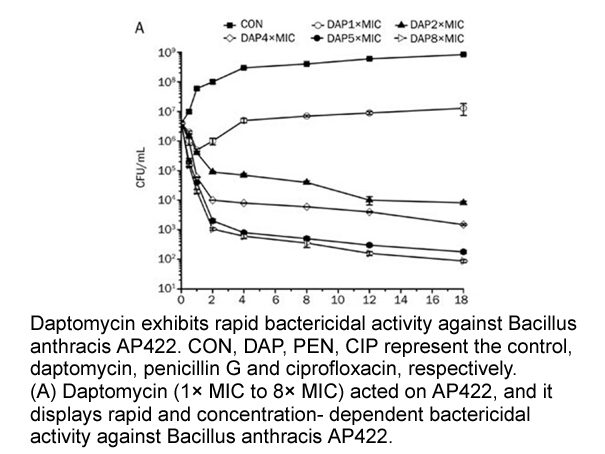
Human GPR55 (hGPR55) was originally isolated in 1999 as an orphan GPCR with high levels of expression in human striatum (Sawzdargo et al., 1999) (Genbank accession # NM_005683.3). hGPR55 was mapped to human chromosome 2q37, and in the human CNS it is predominantly localized to the caudate, putamen,
-
Starting from commercially available dioxaspiro decan ol was
2022-08-12
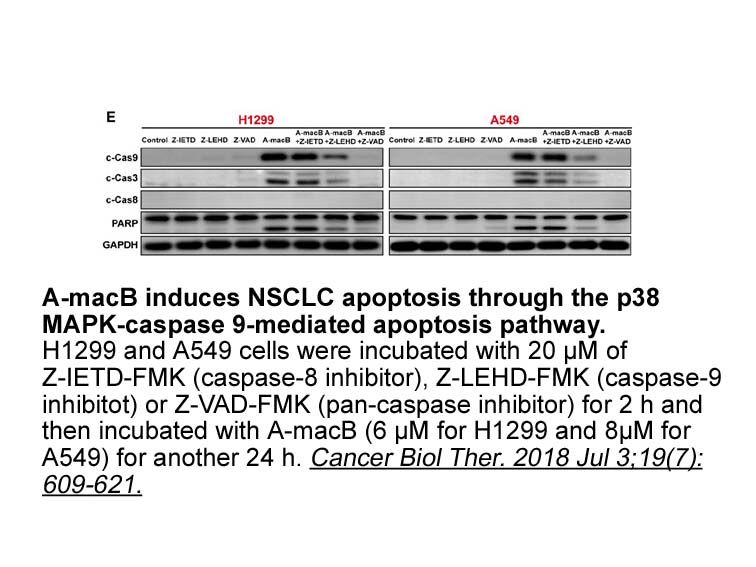
Starting from commercially available 1,4-dioxaspiro[4.5]decan-8-ol, was prepared by the synthetic sequence illustrated in . Aromatic nucleophilic substitution of 1,4-dioxaspiro[4.5]decan-8-ol, followed by an get better catalyzed deprotection efficiently gave . A - enriched mixture of (/=∼3/2) was
-
GPR is present primarily in the pancreas and
2022-08-12
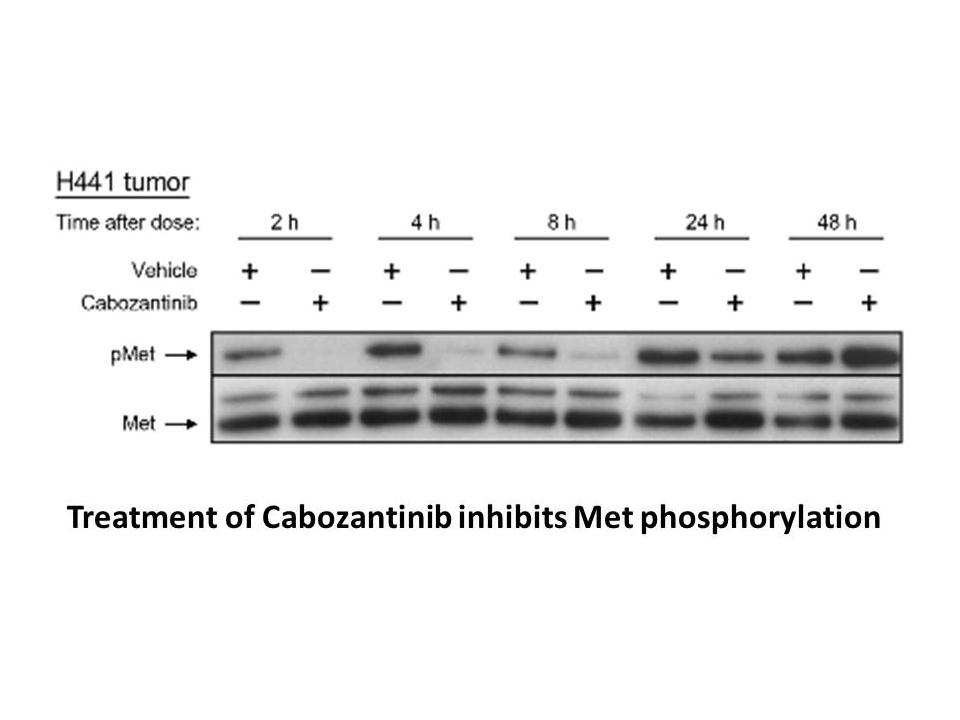
GPR119 is present primarily in the pancreas and the intestine. Activation of GPR119 increases insulin, GLP-1, GIP and PYY secretion. GPR119 agonists stimulate insulin release in a glucose-dependent manner. The glucose dependent insulin secretion (GIDS) mechanism makes GPR119 an attractive target for
-
GPR is a member of the G protein coupled receptor
2022-08-12
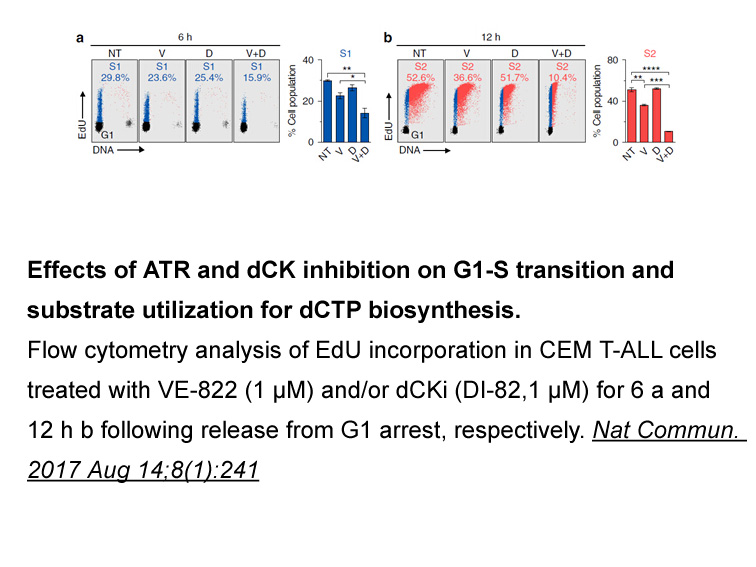
GPR119 is a member of the G protein-coupled receptor family, and is highly expressed in pancreatic β-cells and intestinal endocrine cells. It has been proposed that GPR119 agonists modulate glucose homeostasis by indirectly stimulating glucose-dependent insulin release through enhancing pancreatic c
-
br Acknowledgments This publication was
2022-08-12
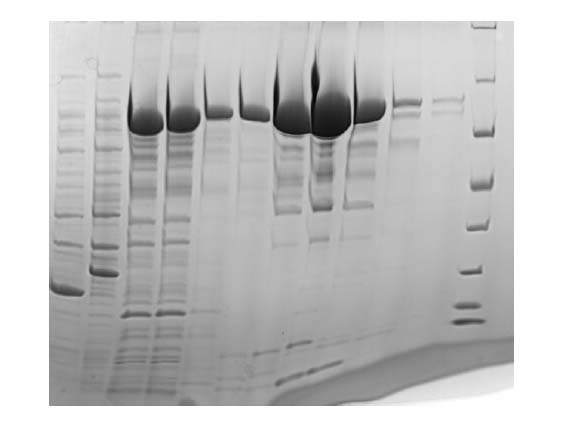
Acknowledgments This publication was supported by NORAD (Norwegian Agency for Development Cooperation) under the NORHED-Program, agreement no. ETH-13/0024. MCM works at the MRC Integrative Epidemiology Unit which receives infrastructure funding from the UK Medical Research Council (MRC) (MC_UU_12
-
The expression of heat shock proteins
2022-08-12

The expression of heat-shock proteins (HSPs) can be upregulated by viral infection, nutritional deficiency, TNF-α and oxidative stress in GYY 4137 morpholine salt mg [44], [45] HSPs are classified in six families (including the HSP10, HSP40, HSP60, HSP70, HSP90 and HSP100 families). HSP90 [46] for
-
Finally the formation of a regular network of fusion glycopr
2022-08-12
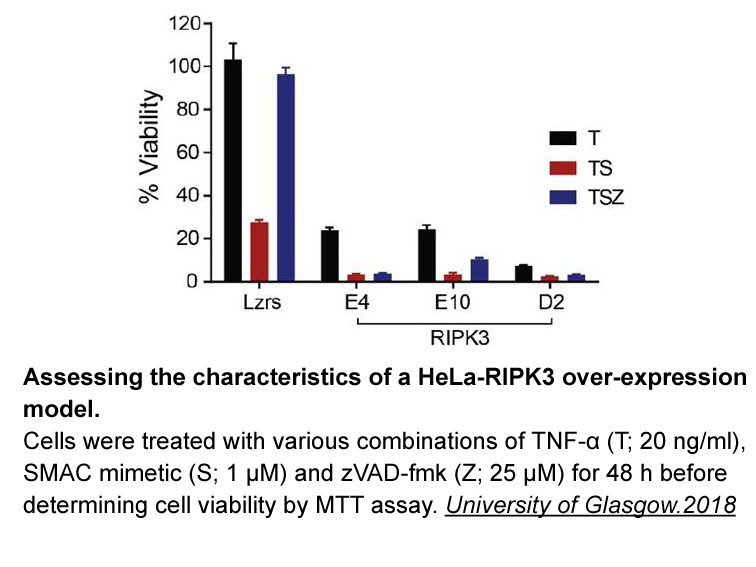
Finally, the formation of a regular network of fusion glycoproteins in their post-fusion state is not exclusive of vesiculovirus G. More or less regular networks have been also observed with other class III fusion glycoproteins such as pseudorabies gB [85] and several class II fusion glycoproteins [
-
Given and a module N we put The
2022-08-12
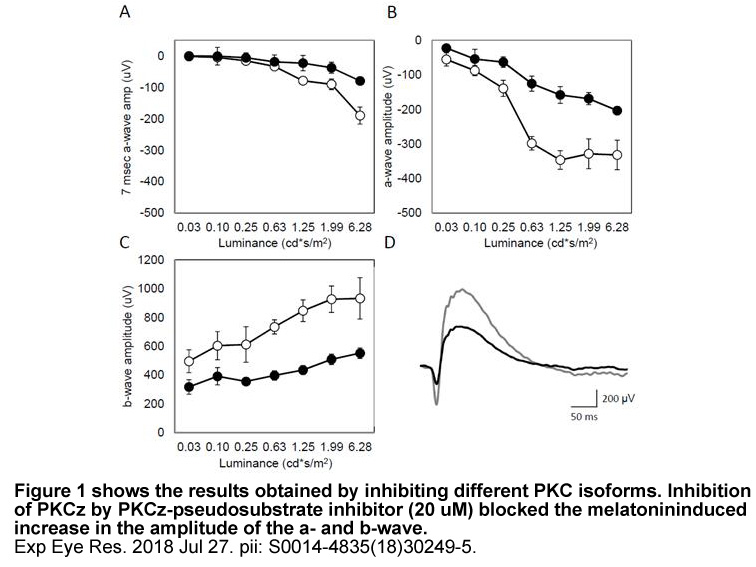
Given and a -module N, we put The right hand side makes sense because we regard g as an carboxypeptidase a of and meanwhile . It is also a skew group ring, identified with via the following equation It follows that becomes a -module, with Analogous to the situation of group representations, the
11122 records 82/742 page Previous Next First page 上5页 8182838485 下5页 Last page